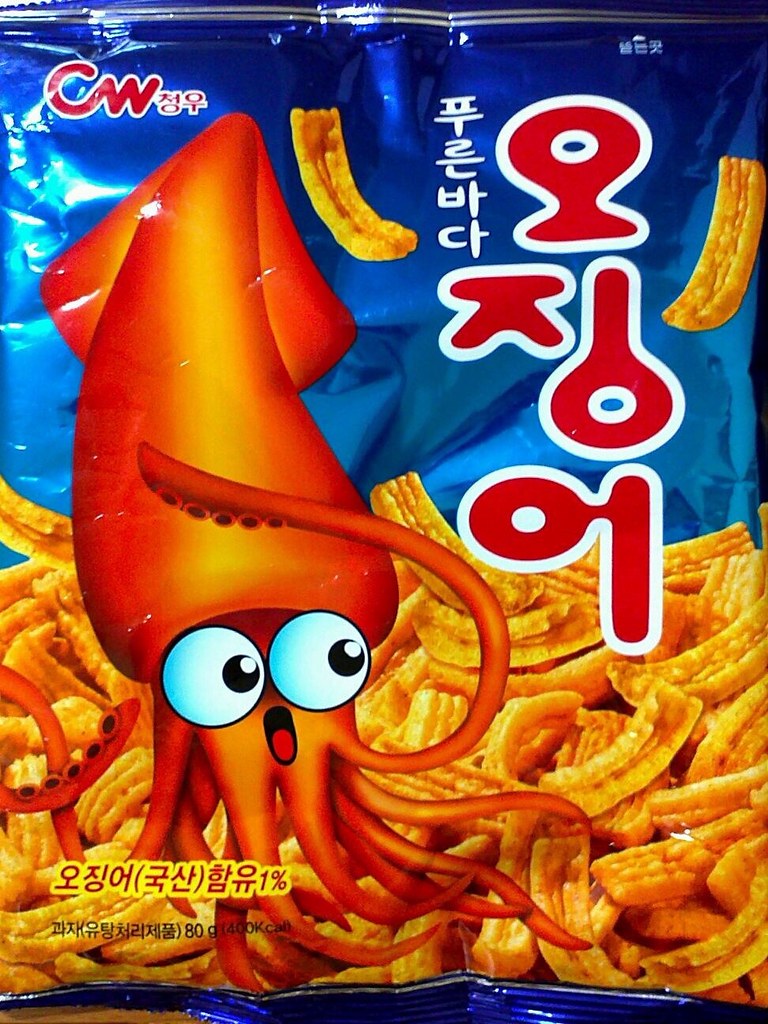Mark Anderson of the Strategic News Service; a George Gilderesque subscription newsletter, the likes of which were very popular in the mid to late 1990s. The Strategic News Service process is an interesting ‘anti algorithmic’ analysis in action. A counter point to the world that Google now represents, I don’t buy all that Anderson and the Strategic News Service says, but this is very interesting to watch.
The synthetic voice of synthetic intelligence should sound synthetic. Successful spoofing of any kind destroys trust. When trust is gone, what remains becomes vicious fast.
— Stewart Brand via Simon Willison. It seemed very appropriate when considering the Google Duplex demonstrations from the other week.
It’s Nice That | Gucci and Frieze team up on major new video series, The Second Summer of Love – well worth a view
Singapore’s utopian clean looking city and high quality Japanese animation are a marriage made in heaven. Makoto Shinkai directed this for the forthcoming Singapore Thomson East Coast Line on behalf of Japanese construction giant Taisei Corporation. More Japan related content here.
This would usually be the part where I would talk about how I am looking forward to Deadpool. But I won’t. I wanted to marvel at the collective hullucination of Deadpool marketing. Deadpool marketing isn’t trying to get you to go and see the film, but instead brings elements of the film to you. Once you are properly tuned in, it then makes perfect sense to see the film. The problem is that there are so many fragments from DVD rewraps to teasers and TV appearances that it would be impossible to capture or choose a favourite.
Instead I am going to share a video of the Korean show King of Masked Singer, where Ryan Reynolds preformed Tomorrow from the musical Annie in a unicorn mask.
Fans in show panel and the audience lost their shit
